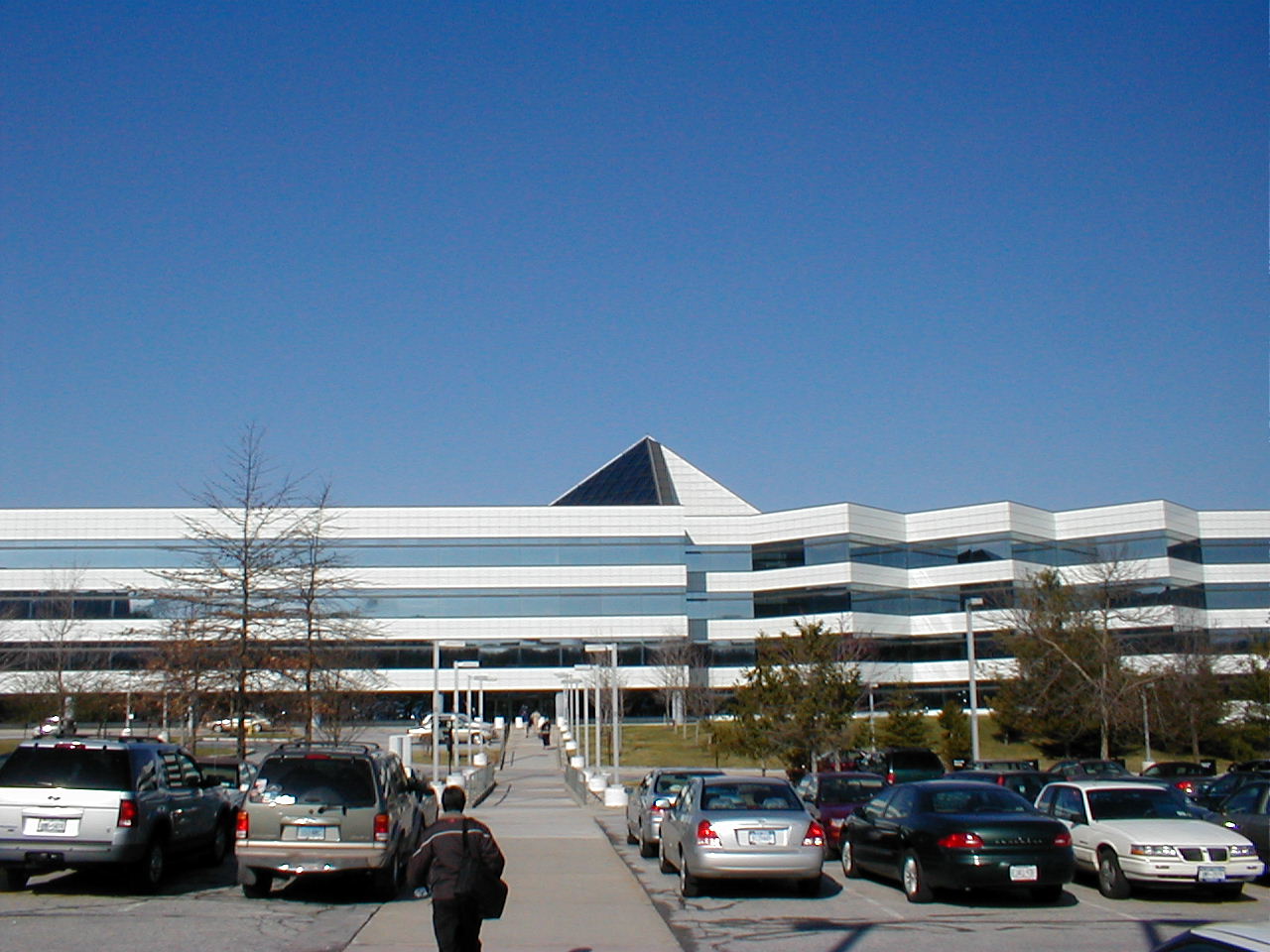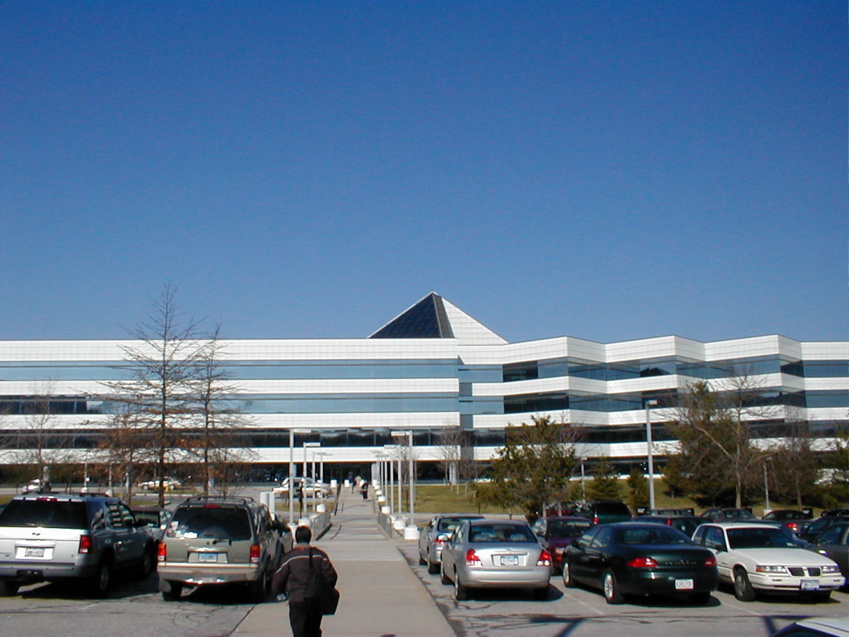IBM and the United Nations Development Programme (UNDP) have introduced new interactive energy models on the UNDP's global GeoHub platform. These cutting-edge tools, powered by technologies such as IBM's watsonx AI and data platform, enable users ranging from national policymakers to the general public to analyze intricate energy issues using advanced AI and access a variety of resources. This initiative supports data-driven decision-making aimed at facilitating an equitable energy transition.
"By combining UNDP's expertise in sustainable development with IBM's innovative AI and hybrid cloud solutions, we are excited to present tools that highlight how technology can make a significant, lasting impact on our environment and communities," stated Justina Nixon-Saintil, IBM Vice President and Chief Impact Officer. "Our goal is to empower leaders, organizations, and communities worldwide by offering these innovative models free of charge, providing insights to guide impactful energy decisions globally."
GeoHub, part of UNDP’s Data Futures Exchange (DFx), is a centralized platform for geospatial data and services, allowing users to easily upload, visualize, and analyze datasets. By integrating time-sensitive and geographic data with satellite imagery, GeoHub supports detailed, localized, and evidence-based approaches to addressing development challenges and policy-making, including determining regional electricity access and evaluating communities’ vulnerability to climate change.
Laurel Patterson, Head of the UNDP SDG Integration Team, emphasized the collaboration's impact, saying, "This partnership with IBM enables countries to harness development data and technological innovations to enhance lives and protect the planet. The solutions we've co-developed provide credible data to help nations make substantial progress toward an equitable energy transition. Investment in net-zero emissions and people-centered strategies are essential to accelerating the SDGs."
Over the course of two years, IBM and UNDP worked through the IBM Sustainability Accelerator program, starting with the IBM Garage. This collaboration resulted in two key models added to UNDP's GeoHub: the Electricity Access Forecasting AI model and the Clean Energy Equity Index.
"By combining UNDP's expertise in sustainable development with IBM's innovative AI and hybrid cloud solutions, we are excited to present tools that highlight how technology can make a significant, lasting impact on our environment and communities," stated Justina Nixon-Saintil, IBM Vice President and Chief Impact Officer. "Our goal is to empower leaders, organizations, and communities worldwide by offering these innovative models free of charge, providing insights to guide impactful energy decisions globally."
GeoHub, part of UNDP’s Data Futures Exchange (DFx), is a centralized platform for geospatial data and services, allowing users to easily upload, visualize, and analyze datasets. By integrating time-sensitive and geographic data with satellite imagery, GeoHub supports detailed, localized, and evidence-based approaches to addressing development challenges and policy-making, including determining regional electricity access and evaluating communities’ vulnerability to climate change.
Laurel Patterson, Head of the UNDP SDG Integration Team, emphasized the collaboration's impact, saying, "This partnership with IBM enables countries to harness development data and technological innovations to enhance lives and protect the planet. The solutions we've co-developed provide credible data to help nations make substantial progress toward an equitable energy transition. Investment in net-zero emissions and people-centered strategies are essential to accelerating the SDGs."
Over the course of two years, IBM and UNDP worked through the IBM Sustainability Accelerator program, starting with the IBM Garage. This collaboration resulted in two key models added to UNDP's GeoHub: the Electricity Access Forecasting AI model and the Clean Energy Equity Index.
- The Electricity Access Forecasting AI model utilizes IBM’s watsonx AI and cloud technology, alongside an open-source machine learning library, to project future electricity access through 2030. It evaluates factors such as population, infrastructure, urbanization, and satellite data, providing forecasts that surpass current estimates by focusing on future projections. This model covers data from 102 countries across Africa, the Asia Pacific, Latin America, and the Middle East.
- The Clean Energy Equity Index developed in collaboration with Stony Brook University, is a unique statistical model combining geospatial analytics with social, economic, and environmental factors. These include education, greenhouse gas emissions, and wealth distribution to generate a Clean Energy Equity score (0-1), reflecting opportunities and urgency for clean energy development through an equity lens. Users can customize and analyze individual factors within the model, facilitating better decision-making. The index provides data for 53 African countries.
Traditionally, such advanced models have been difficult to access for all users. IBM and UNDP’s collaboration aims to democratize access to this sophisticated clean energy data and technology, offering vital resources to policymakers, governments, journalists, and other decision-makers.


 IBM and UNDP Launch AI-Powered Energy Models for Sustainable Development
IBM and UNDP Launch AI-Powered Energy Models for Sustainable Development





 Companies
Companies